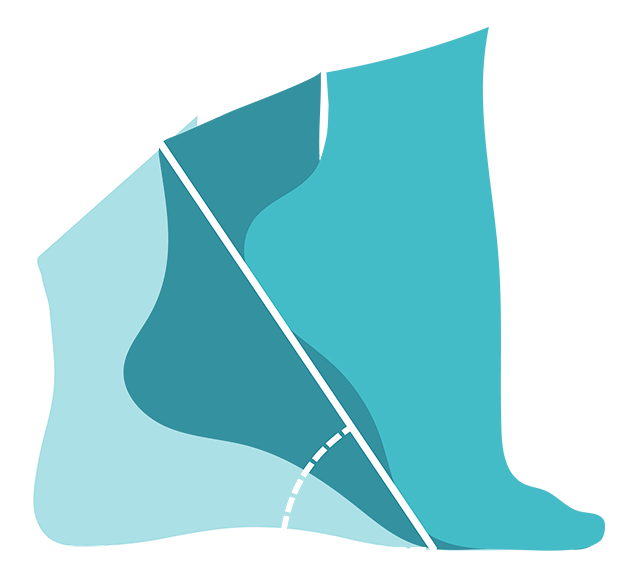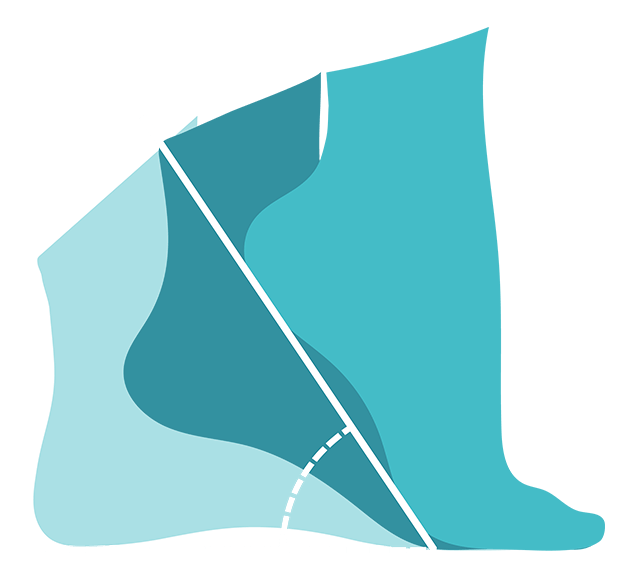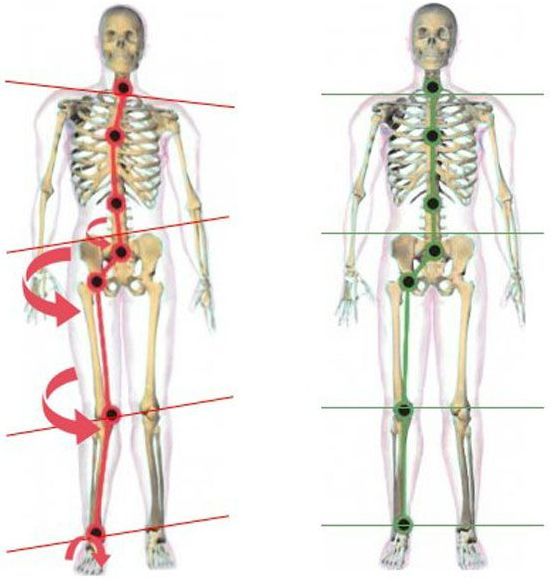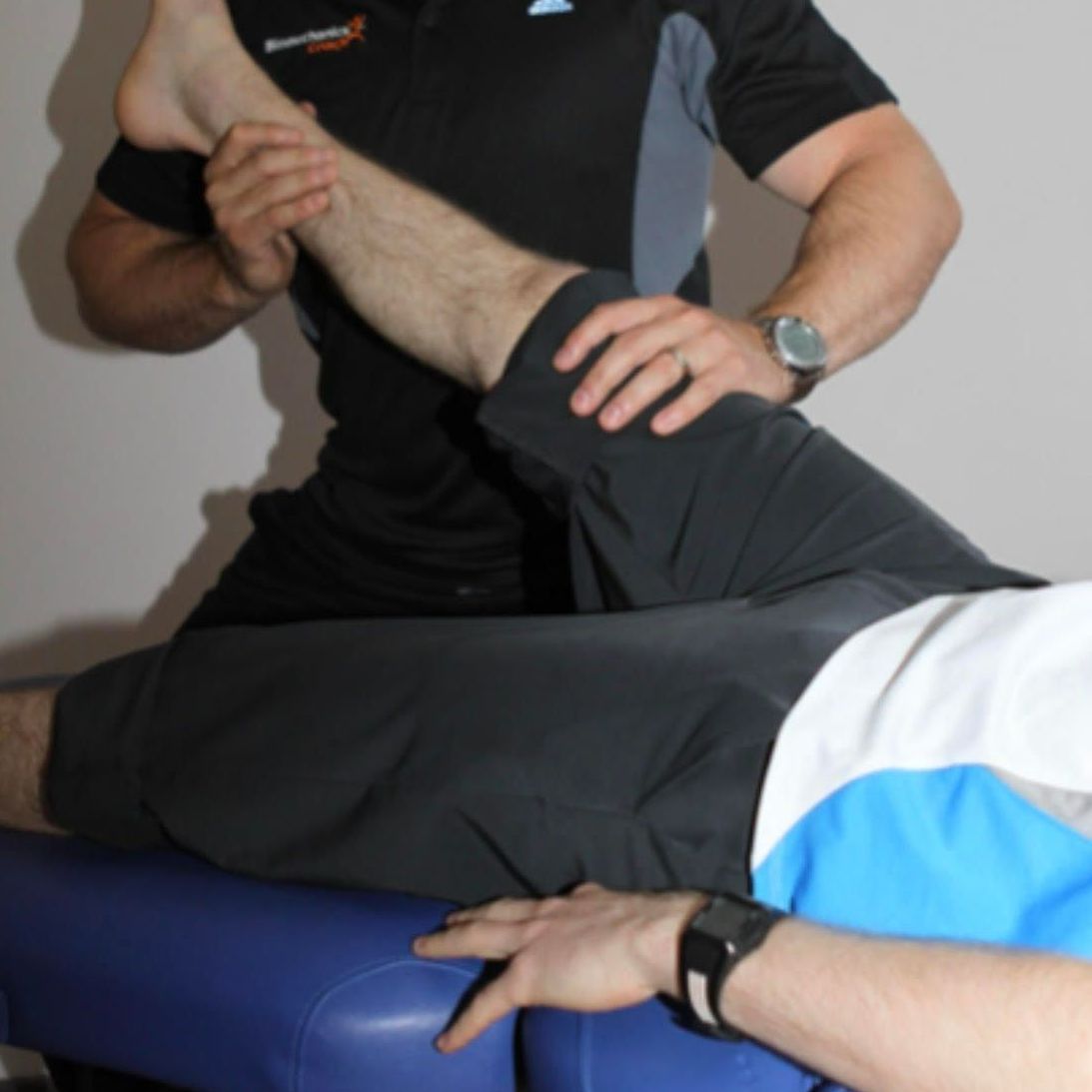Intrinsic Biomechanics
& Posture Recalibration
The way we exercise and work has changed in the last few generations. Our bodies were designed to be hunter/gatherers. As the technological revolution has enveloped our lives, our bodies have begun the process of deconditioning.
Where our muscles were once responsible for performing a variety of different movements throughout the day, they are now performing, semi-static, repetitive movements when we work at our desks or larger repetitive movements when we are in the gym.
"Why do I experience pain when I move?"
Problems arise when we then ask our bodies to move in this biomechanically de-conditioned state; our bodies become adept at compensating for our biomechanical problems, like a rotated pelvis, leg length discrepancies, tight thoracic spines, stiff sciatic nerves and many others, which are significant factors in why we get pain despite being ‘fit’.
Re-align dysfunctional joints
Reduce nerve tethering
Restore ribcage expansion
Optimise performance to move freely
"Intrinsic biomechanics deals with the subtle stabilising movements that can't be seen."
Intrinsic Biomechanics has been developed from over 20 years of research by the Intrinsic Biomechanics Association (IBA) on over 4,500 subjects to better understand what is going on under the skin to produce what we see.
For example, foot pain could be due to factors such as:
- a dysfunctional pelvis
- tight lateral spine flexors
- overactive shoulder protractors
Our Biomechanics Assessment is suitable if you're already injured and struggling to find a solution to your problems.
Full Body Intrinsic Biomechanics Assessment
Our assessment consists of three separate appointments that will include a discussion about your aims and treatment objectives.
We have helped a number of athletes from different sporting backgrounds such as rowing and tennis to prevent or overcome injury and optimise performance.
TOTAL COST £195
(3 appointments)
£45 for each additional appointment
Appointment 1 (60 mins)
You will receive a full body assessment using up to 30 sophisticated screening tests to check for mal-aligned joints in your pelvis, spine and shoulders, sub-clinical muscle spasm and nerve tethering/tightness.
Knee function assessments will measure neuromuscular imbalances, allowing us to identify whether you are at risk of injury due to:
- Ligament dominance
- Quadricep dominance
- Leg dominance (Lt/Rt)
Specific strength and conditioning exercises will be prescribed to restore optimal functioning enabling efficient movement, improved performance and reduction in the risk of injury.
Appointments 2 & 3 (60 mins each)
You will undergo a re-screen to establish which areas have improved with the exercises. Once this is understood, additional exercises will be given to consolidate your improved alignment & performance.





